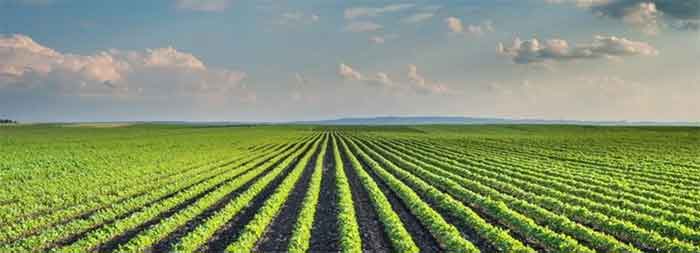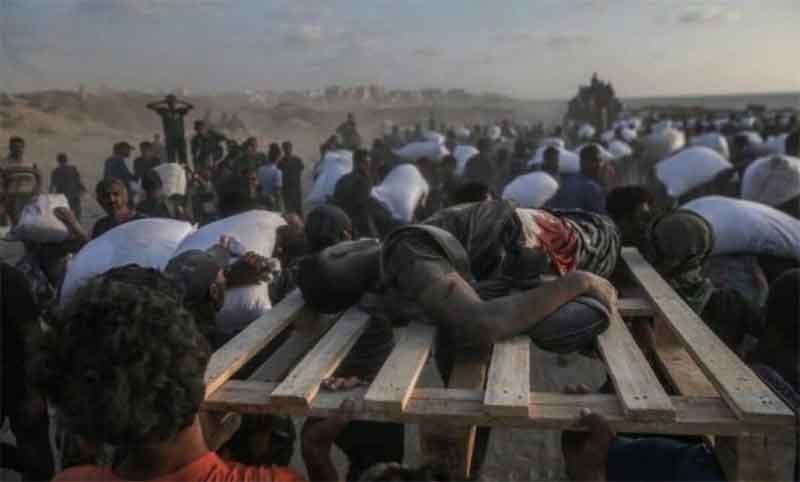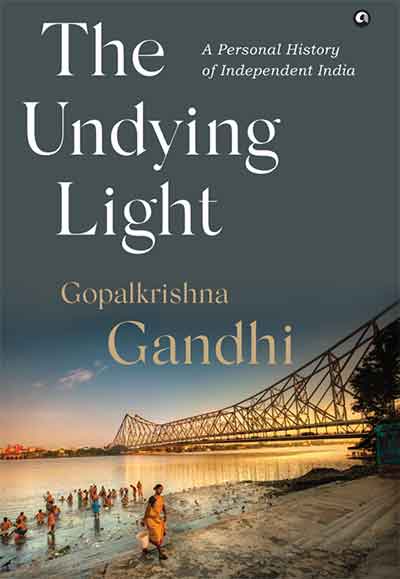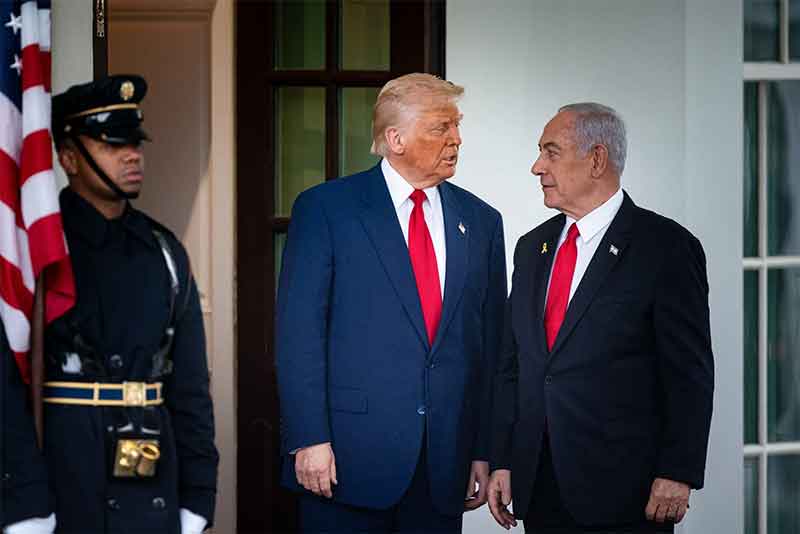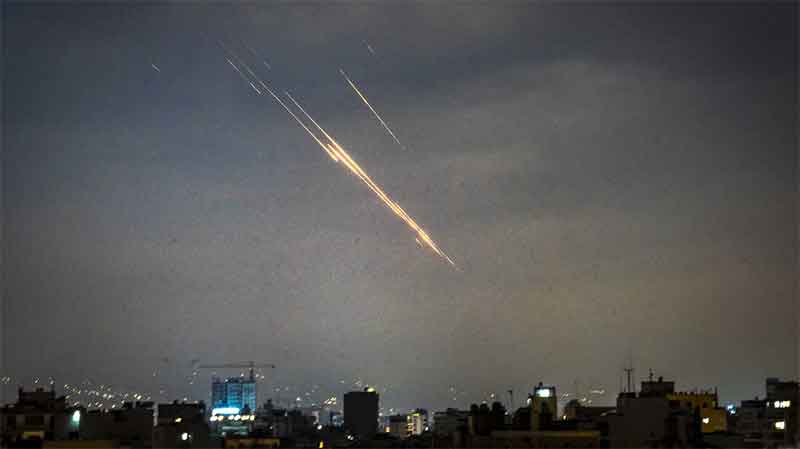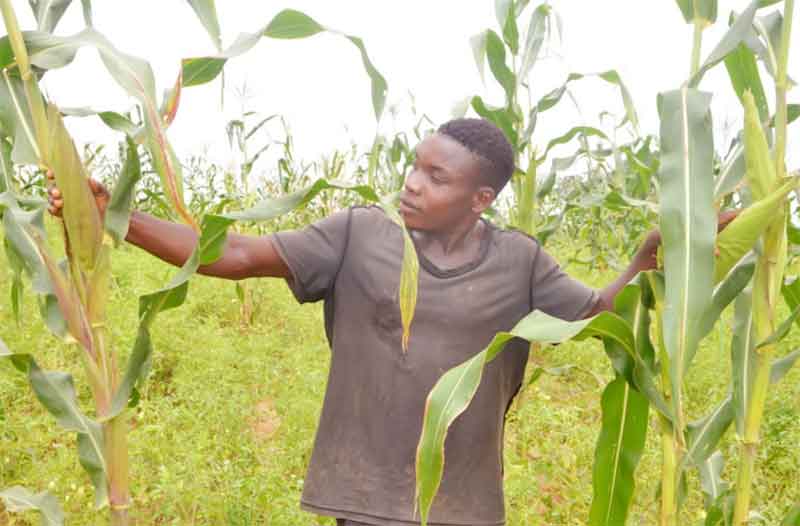
It could be called a gulag mentality, though it finds form in different ways. In the defunct Soviet Union, it was definitive of life: millions incarcerated, garrisons of forced labour, instruments of the proletarian paradise fouled. Gulag literature suggested another society, estranged and removed from civilian life, channelled into an absent universe. Titles suggested as much: Gustaw Herling’s work was titled A World Apart; Aleksandr Solzhenitsyn’s Gulag Archipelago likewise suggested societies marooned from the broader social project. But these were intrinsic to the bricks and mortar, in many cases quite literally, of the Soviet state.
In the case of countries supposedly priding themselves in the lotteries of exaggerated freedom, the influence of this carceral mentality is less obvious but still significant. In Australia, where offshore processing of naval arrivals and its own offerings of gulag culture were made, six years has passed since Nauru and Manus Island became outpost of indefinite detention.
During the years, legislation has been passed encasing these outposts in capsules of secrecy, superficially protected by island sovereignty. Whistleblowing has been criminalised; concerned doctors have been expelled; suicides, sexual assault and psychological mutilations have been normalised in the patchwork monstrosity that involves compromised local officials, private security firms and funding from the Australian tax payer.
A most obvious consequence of this is the cultivation of a thuggish lack of accountability. Australian politicians keen to visit the handiwork of their government have been rebuffed. Greens Senator Nick McKim had been trying to splash out some publicity on the anniversary, paying a visit to Manus Island. He noted a deterioration in conditions since his 2017 visit.
On Thursday, he was approached by two immigration officials who informed him that he would be deported. He had been attempting to see East Lorengau camp, was denied entry, and his passport confiscated. To SBS News, he expressed his disappointment “that they are threatening to deport me because I am here to expose the truth about the treatment of refugees, to lift the veil of secrecy that’s been draped over Australia’s offshore detention regime.”
A mistake is made in assuming clear dates of commencement in terms of a distinct Australian approach. Australia was, after all, itself a penal colony, an experiment in distant punishment and obsessive control. It made, in turn, prisoners of the indigenous population. Brutally, its various authorities relocated individuals to missions, camps and compounds. A paternal mentality, one that has never left, took hold: we know what is best for you, be it the Bible or the dog tag. Infantilism, exploitation and dispossession thrived as mentalities.
Despite being an active participant in the post-war movement to establish an international refugee regime protecting human rights, Australian approaches have remained, as immigration law specialist Mary Crock puts it, “controlled and highly selective.” For decades, Australian administrators and decision makers remained unperturbed by jurisprudence relevant to the UN Refugee Convention of 1951. The country’s isolation, its continental expanse, and not sharing land borders, have offered governments an unparalleled luxury: “the ability to achieve near perfect control of immigration.”
During the 1960s, Manus Island was set up to take refugees from West Papua. Salasia Camp, located near the current Lombrom detention centre, was established to isolate a certain number of West Papuan notables who had irked the Indonesian state’s efforts in claiming the former Dutch New Guinea colony. Australia, not wanting to aggravate their Indonesian counterparts in providing safe havens for West Irian rebels, kept matters quiet, sometimes turning back refugees while offering “permissive residence” visas to others.
Not that the officials of Papua New Guinea were thrilled: thousands of West Papuans who made their way fleeing conflict between the rebels of the Organisasi Papua Merdeka (West Papua Freedom Movement) and the Indonesian military were left without PNG citizenship for five decades.
The arrival of Vietnamese “boat people” fleeing in the aftermath of the country’s re-unification in the 1970s saw Australian officials flirt with variants of offshore processing. The 1978 system established in response to these arrivals ensured a monopoly on the part of the immigration minister to determine the refugee status of arrivals. Lawyers and advisors were given a distant second billing in the role. In the words of Professor Crock, “The regional processing regime established right across Southeast Asia was predicated on an offshore processing-type idea; stopping asylum seekers where they are, processing them there, and distributing them in an orderly fashion.”
There was the Tampa-Pacific solution orchestrated by Prime Minister John Howard in 2001; there was the re-commencement in fits and starts under dysfunctional, catty Labor governments: the Gillard administration reinstated offshore processing in 2012, while Kevin Rudd added his icing by insisting that no asylum seeker arriving by boat would ever be settled in Australia. But the earth had already been disturbed, the mind oriented, towards cruelty in the name of necessity.
While refugees tend to be the fodder of periodic periods of demonization, there are many reminders about a condition that Australia has made its own. Some of this features in the talismanic, urgently desperate writing of the Iranian-Kurdish refugee Behrouz Boochani. In 2018, Hoda Afshar snapped a picture showing Boochani as a Christ-like figure, seemingly awaiting crucifixion. Her subject chose to see it differently. “I only see a refugee, someone whose identity has been taken from him. Just bare life, standing beyond the borders of Australia, waiting and staring.”
The Australian Book Review has offered a Behrouz Boochani Fellowship worth $10,000, funded by lawyer and philanthropist Peter McMullin. In of itself, it suggests the absurd condition that is offshore processing, a state of mind that now draws funding for analysis, for commitment, for understanding. Having become as ordinary as the insufferably ugly Australian Hills Hoist, or bountiful cask wine, it will not be leaving any time too soon, itself a disfigurement rendered natural.
Dr. Binoy Kampmark was a Commonwealth Scholar at Selwyn College, Cambridge. He lectures at RMIT University, Melbourne. Email: [email protected]


















